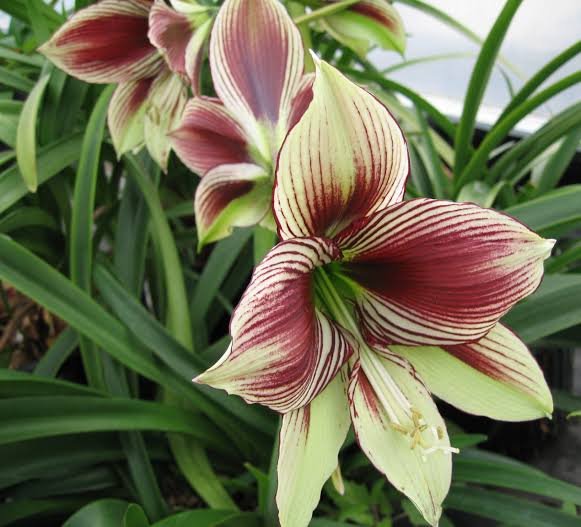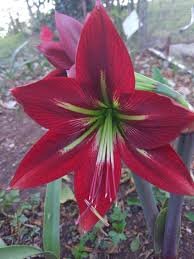Hippeastrum Papilio: Unveiling the Enchantment of the Butterfly Amaryllis

Introduction
Hippeastrum papilio, commonly known as the butterfly amaryllis or fairy amaryllis, is a captivating flowering plant that belongs to the Hippeastrum genus. Unlike traditional amaryllis flowers, which are known for their large, trumpet-shaped blooms, H. papilio stands out with its unique star-shaped flowers that resemble butterfly wings. This article delves into the characteristics, cultivation, and care of this mesmerizing plant, making it a delightful addition to any garden or indoor space.
Description and Characteristics

Hippeastrum papilio is a bulbous perennial plant that typically grows to a height of 30 to 45 centimeters (12 to 18 inches). The plant produces strap-like, glossy green leaves that are about 30 to 45 centimeters (12 to 18 inches) long. The most striking feature of H. papilio is its flowers, which emerge on tall, sturdy stems. Each flower consists of six slender, pointed petals that are arranged in a star-like formation, giving the bloom a delicate and ethereal appearance. The petals are predominantly green with red veining, creating a visually stunning contrast.
Cultivation and Care
Hippeastrum papilio is relatively easy to grow, making it a popular choice among plant enthusiasts. Here are some key guidelines for cultivating and caring for this beautiful plant.
Light
H. papilio thrives in bright, indirect light. Place the plant near a window where it can receive plenty of sunlight, but avoid exposing it to direct sunlight, as this can scorch the leaves.
Temperature
Maintain a consistent temperature between 18 to 24°C (65 to 75°F) during the growing season. H. papilio is sensitive to cold temperatures and should be protected from drafts.
Watering
Water the plant thoroughly when the top inch of soil feels dry to the touch, allowing any excess water to drain away. During the dormant period, reduce watering to allow the plant to rest.
Soil
Use a well-draining potting mix that is rich in organic matter. A mix formulated for bulbous plants is ideal for H. papilio.
Fertilization
Feed the plant with a balanced liquid fertilizer every two to four weeks during the growing season to promote healthy growth and flowering.
Dormancy
After flowering, allow the plant to enter a period of dormancy by reducing watering and ceasing fertilization. Store the bulb in a cool, dry place for about 8 to 10 weeks before resuming regular care.
Repotting
Repot the bulb every two to three years to refresh the soil and provide ample space for growth.
Pests and Diseases
Keep an eye out for common pests such as spider mites and aphids, and treat infestations promptly. H. papilio is generally resistant to diseases when grown in optimal conditions.
Conclusion
Hippeastrum papilio, with its exquisite butterfly-like flowers, is a captivating plant that can add a touch of elegance to any indoor or outdoor space. By following these cultivation and care guidelines, you can enjoy the beauty of this enchanting plant for years to come.






